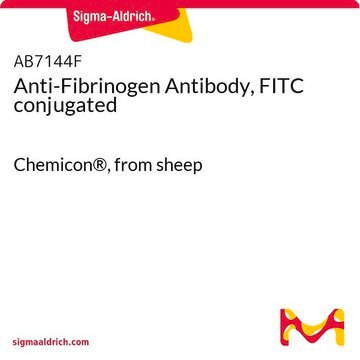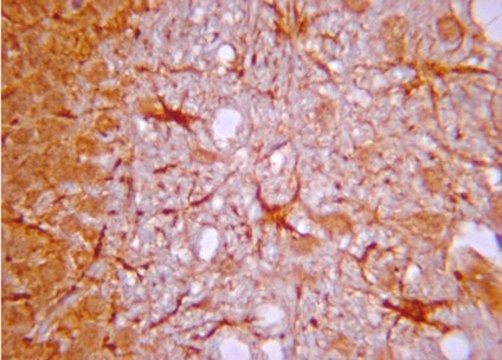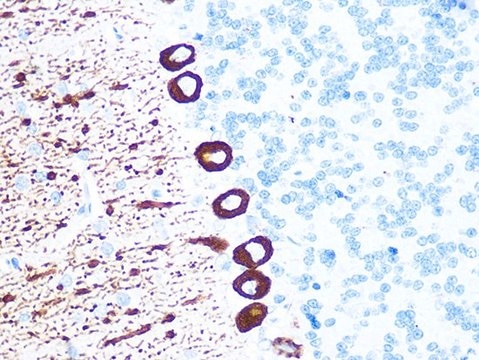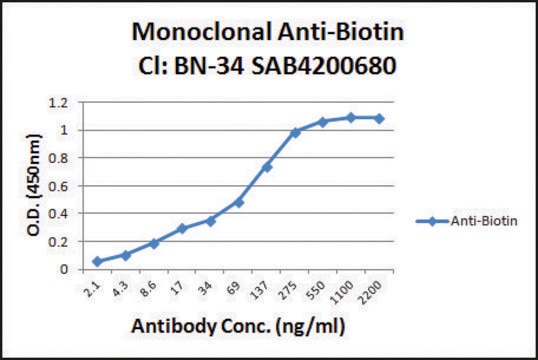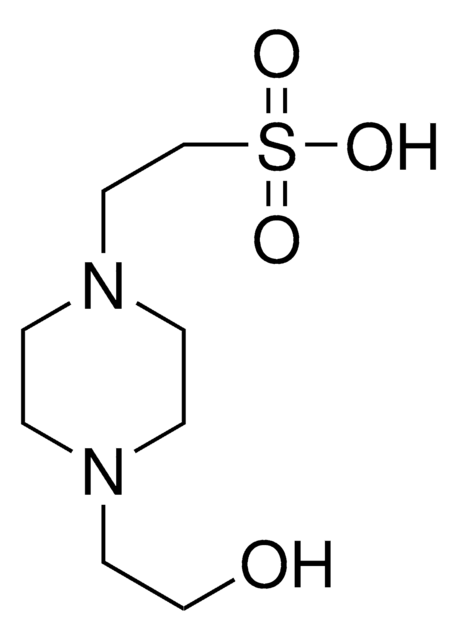ABS2129
Anti-IP3R 1
from rabbit
Synonym(s):
Inositol 1, 4, 5-trisphosphate receptor type I, IP3 receptor isoform 1, IP-3-R1, InsP3R1, Type 1 inositol 1, 4, 5-trisphosphate receptor, Type 1 InsP3 receptor
About This Item
Recommended Products
biological source
rabbit
Quality Level
antibody form
affinity isolated antibody
antibody product type
primary antibodies
clone
polyclonal
species reactivity
human, rat, bovine, mouse, chicken
technique(s)
immunohistochemistry: suitable (paraffin)
immunoprecipitation (IP): suitable
western blot: suitable
isotype
IgG
NCBI accession no.
UniProt accession no.
shipped in
ambient
target post-translational modification
unmodified
Gene Information
human ... ITPR1(3708)
rat ... Itpr1(25262)
Related Categories
General description
Specificity
Immunogen
Application
Signaling
Western Blotting Analysis: A representative lot detected IP3R1 in bovine salivary gland, DT40 3KO cells stably expressing IP3R1 (Chandrasekhar, R., et. al. (2016). J Biol Chem. 291(10):4846-60).
Immunohistochemistry Analysis: A 1:1,000 dilution from a representative lot detected IP3R1 in human brain and rat brain tissues.
Immunoprecipitation Analysis: A representative lot detected IP3R1 in bovine salivary gland (Chandrasekhar, R., et. al. (2016). J Biol Chem. 291(10):4846-60).
Quality
Western Blotting Analysis: A 1:1,000 dilution of this antibody detected IP3R1 in 10 µg of rat brain microsomal preparation.
Target description
Physical form
Storage and Stability
Other Notes
Disclaimer
Not finding the right product?
Try our Product Selector Tool.
wgk_germany
WGK 2
flash_point_f
Not applicable
flash_point_c
Not applicable
Certificates of Analysis (COA)
Search for Certificates of Analysis (COA) by entering the products Lot/Batch Number. Lot and Batch Numbers can be found on a product’s label following the words ‘Lot’ or ‘Batch’.
Already Own This Product?
Find documentation for the products that you have recently purchased in the Document Library.
Our team of scientists has experience in all areas of research including Life Science, Material Science, Chemical Synthesis, Chromatography, Analytical and many others.
Contact Technical Service